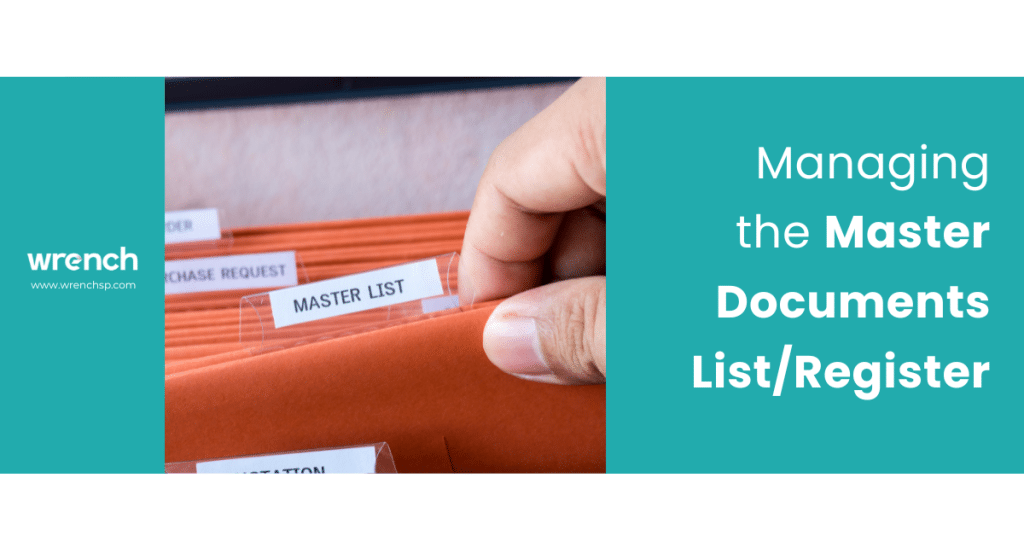Anyone who’s worked on an engineering or construction project is familiar with the Master Document List or MDL (sometimes called a Master Document Register (MDR) or Master Deliverable Register.) As the name suggests, it is a list of all the documents that have to be delivered to the client in an engineering capital project. This includes all documents/deliverables across all project phases.
What makes the MDL/MDR so vital? In a nutshell, the fact that it is essentially a snapshot of the project’s key documents at any point in time, or to put it another way, a list of vital statistics about each document/deliverable. A master deliverable register contains each document’s metadata, including the document number, document type, document code (if any), the discipline it was created by, and other relevant information about that document.
What makes managing the master document list challenging is not the number of details per document but the number of documents per project, and the fact that usually the managing of the MDL is a manual and extremely tedious process because all the details have to be entered manually, usually by a project planner. Timely logging of revisions and approvals (an integral part of the engineering process) helps the company keep track of each document’s progress throughout its lifecycle and since documents are costed deliverables ie linked to payment milestones (and ultimately to the project’s cash flow) you can see how managing the MDL or MDR is critical to effective project management.
In itself, the MDL is simple enough: a spreadsheet in MsExcel or another spreadsheet management software which, as the project progresses and documents undergo revisions, can grow to thousands of rows and columns. If you keep in mind that every updation is made manually, you can see how the managing of the master document register becomes a bottleneck in most projects and therefore, one of the areas where a digital document management system makes an immediate and profound impact.
I’ll take the example of a project planner whose job is to keep track of project documents using the MDL/R (in this context a document represents one component or element of the project, like a drawing, spec sheet, 3d model, etc). His master document/deliverable register lists out the documents associated with every step of that document’s workflow and shows the Planned Date for each step (which is the original estimated date of completion for that step), the actual date that step was completed (which is the date it was actually completed in real life) and the Forecast Date (which is the new estimated date of completion in case of delay or re-scheduling, as often happens.)
As the project work goes on, the planner has to continually update the status of each date for each step of each document into the MDL, usually on a weekly basis. To do this, he has to find out the status of each document by calling up people or emailing them and manually it into the relevant cell in the MDL spreadsheet. This may seem simple enough, if laborious, but it is complicated by two factors: first, he doesn’t know if the data he entered is accurate and he has no easy way of verifying it, and second, a typical master document list starts out with between 50 and 500 documents but as the documents get reviewed and multiple versions get created, the final MDL can contain up to double or triple the original number of documents. That is why document management in engineering projects is a straightforward but backbreaking job.
To sum up: The Master Document List or Register is constantly undergoing changes throughout the lifecycle of a project and these changes are typically recorded and updated manually, which is why a digital document management system is so valuable – just think of a system doing all the recording and updating! Now think of the thousands of manhours that would be saved and the elimination of human errors at every stage from collecting the updates to verifying them to entering them into the MDL – and you will get some idea of how an automatically-managed MDL/MDR can impact the entire project outcome.
